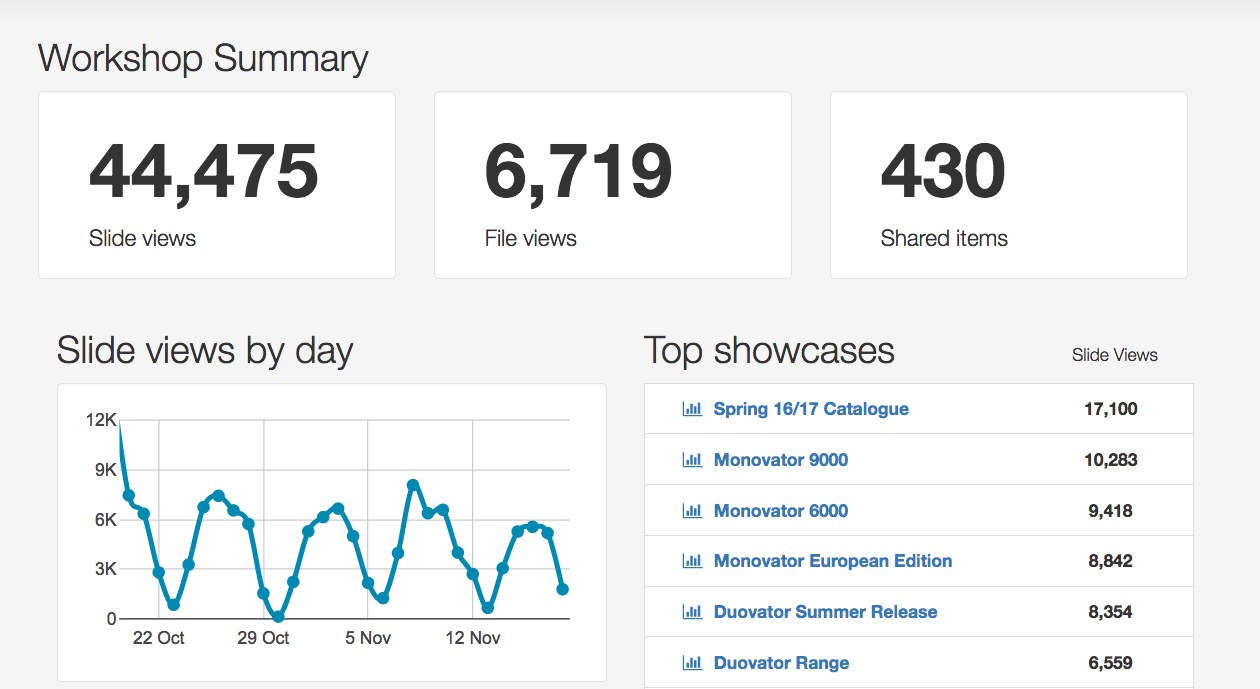There’s so much advice out there on the internet about how to improve your sales process.
How much?
Well, I plugged the phrase “how to improve your sales process” into my browser, and Google kindly served up 330,000,000 results (in 0.72 seconds).
It’s a big topic! But knowing you probably don’t have time to wade through all that info, I thought we’d do a bit of the heavy lifting for you.
I didn’t trawl through all of those results — but I did scope out some of the best resources and articles on the subject to pull out the most common elements of successful sales processes. Then I combined that with my own sales know-how to create this Top 5 list for you.
So, without further ado, here are my top five tips for mastering your sales process to close more deals!
Tip #1: Map Out a Clear Sales Framework
When it comes to managing your sales process, you need to first of all get clear on what you’re doing, and how you’re doing it.

This might be as simple as writing down all of the steps in your existing process, like:
- How you generate leads
- When (and how many times) you follow up
- What you include in a sales presentation
- How you typically close a deal and get the customer into your system
This is a very useful exercise for a couple of reasons. For one thing, it’ll help get your sales team aligned on your best practices, and ensure everyone is following a consistent approach. But it’s also a way of quickly identifying gaps in your process, or activities that don’t scale well.
Are you trying to schedule sales presentations with leads that haven’t been properly qualified? Do you have a mechanism in place to ensure that your sales reps know how to identify content that’s appropriate to their prospects, and have an easy way of delivering it?
You don’t need to aim for perfection here. The idea is to understand what you’re currently doing, and why, so you can get a repeatable process in place where no one has to guess about what to do next.
Tip #2: Know Your Buyer’s Journey
It goes without saying that any sales process is typically geared toward achieving one goal: closing the sale. But knowing what steps your sales reps need to follow and when is only part of the story.
In order to nail your sales process, you need to understand what your customer is trying to achieve, and how they evaluate the solutions that are available to them when trying to solve a problem.
The buyer’s journey lays all of that out. It describes the process that a prospect follows when deciding what product or services to purchase — from the moment they realize they have a problem to looking for potential solutions, narrowing down the options and doing further research, engaging with a sales rep, and so on.
When you understand your customer’s journey through the sales cycle, you’ll know what kind of content they’re looking for at each stage and be able to build the appropriate touchpoints into your own sales process.
Every interaction your sales team has with their leads should be geared around what each prospect needs at that stage of their buyer’s journey. By meeting them where they are, you’ll be able to move them closer to choosing your solution when they finally make a decision to buy.
Tip #3: Nurture Your Leads — Even If They’re Not Ready to Buy
For most B2B companies, sales is a long game. And it’s no secret that B2B buyers are savvier than ever, and have access to high-quality information…meaning they don’t need to rely on sales reps for insights or data to help them make a decision.
But selling isn’t just about getting them to “sign on the dotted line.” Selling is about building relationships.

What does that look like? Well, it could be something as simple as sharing some high-value content with them, and acknowledging that you know they aren’t necessarily ready for a sales conversation yet.
Relevant, useful, no-strings-attached content can go a long way, and create a lot of goodwill toward your brand. And when they are ready to buy further down the road, you’ll have already developed the know-like-trust factor that’s so important in coaching the sale. In fact, a Salesforce post I read recently cited a statistic that caught my attention: Lead nurturing produces 20% more sales opportunities.
Just remember to tag these prospects separately in your CRM, so you don’t send unqualified leads to your sales reps and clog up your pipeline.
Tip #4: Leverage Data and Analytics
If you’re a regular reader of the Showcase blog, you won’t be surprised to see me making the case for using data to improve your sales process. When it comes to understanding what parts of your sales funnel are working (and which ones aren’t), hard and fast data will beat a “gut check” any day.
As BDC Business Advisor Chris O’Shea puts it, “Data collection and its management is a habit you have to stick with. Otherwise you won’t have that window into how your sales are going.”
Here at Showcase, we second that viewpoint!
There are a lot of moving pieces in your sales process, including which content you share with your prospects at which stage. If you don’t have a way of measuring how that content is being used, and how it correlates to closing sales, you won’t know if what you’re producing is actually moving the needle.
There’s an old adage that “you can’t manage what you can’t measure.” Tracking and measuring your key performance indicators (KPIs) — whatever you decide those are — is critical to understanding where you can improve.

Tip #5: Use Technology (It Really Is Your Friend)
If your sales reps are anything like the sales teams that our customers have, they’re pretty busy. Any time they spend doing something manually is time they’re not spending talking to customers or closing a deal.
It’s important to automate what you can, and of course, find the right apps to make your sales process tick along smoothly.
A CRM helps you manage information about your leads and customers, and track all of your interactions with them.
But that’s not the only piece of the puzzle. Your sales team isn’t just emailing and making phone calls to their prospects, they’re also providing content to help them move through the sales process.
Storing that content, sharing it, and tracking how it gets used (and when…and how often…and by whom) is a critical part of a high-performing sales framework. With the right sales enablement tool, you can make sure that Marketing and Sales are in perfect alignment and know that your sales reps are delivering the right information to their prospects at just the right time.
And getting feedback on which content performs well will help you continually refine and improve your sales process and boost your bottom line.
There’s No Such Thing As “No Room for Improvement”
So there you have it. While this is obviously not an exhaustive list, getting these five things right will put you well on your way to developing a bulletproof sales process that you can manage easily and improve as needed.
Starting with where you are (and codifying it) is the first step.
Focusing on what your prospects need and how they behave is crucial to connecting with them.
Respecting where they are in your sales funnel is key to adopting the right approach.
Measuring how all of your efforts are impacting the bottom line only helps you get better.
And finally, choosing the right tools to enable all of these moving pieces will take your sales game to a whole new level.
Before you know it, it’ll be champagne and high-fives for your best quarter ever!